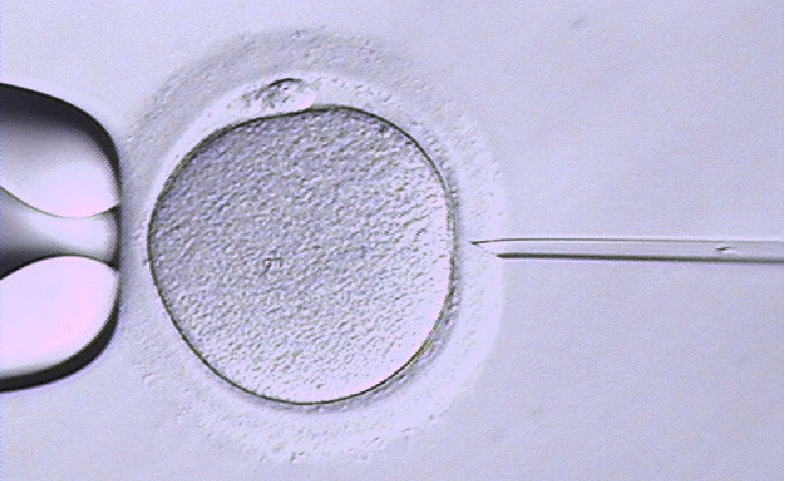
Intracytoplasmic sperm injection is a commonly performed technique. It is used to increase the chance of fertilization in cases of severe sperm defects or when there is an IVF history of fertilization failure caused by a sperm problem. It is not routinely used, and in cases of normal sperm, ICSI may actually have a poorer fertilization rate than conventional insemination.
It is possible to achieve a pregnancy with very few sperm. In cases of severe sperm problems, the infertility urologist will extract tissue from the testes, the ducts or through normal ejaculate. The embryologist prepares the sperm and injects it into a mature egg in the laboratory.
Techniques for extracting the sperm include:
Micro Epididymal Sperm Aspiration (MESA)
A delicate surgical technique using the microscope to aspirate sperm from near the obstruction.
Percutaneous Epididymal Sperm Aspiration (PESA)
Under local anesthesia, a small needle is used to aspirate sperm from near the obstruction.
Testicular Sperm Biopsy (TESE)
A small biopsy of testicular tissue is taken under anesthesia. TESE is most often used when no sperm are obtained with MESA or PESA.
The eggs are extracted and placed in the culture dish. The sperm will be extracted, processed and injected directly, piercing the egg’s outer membrane. One or more embryos may be formed and placed into the uterus. Research has shown these sperm may fertilize with ICSI and reasonable pregnancy and delivery rates are obtainable.
Make an appointment
To schedule an appointment with a Washington University fertility specialist, please call our office or request an appointment online.
314-286-2400